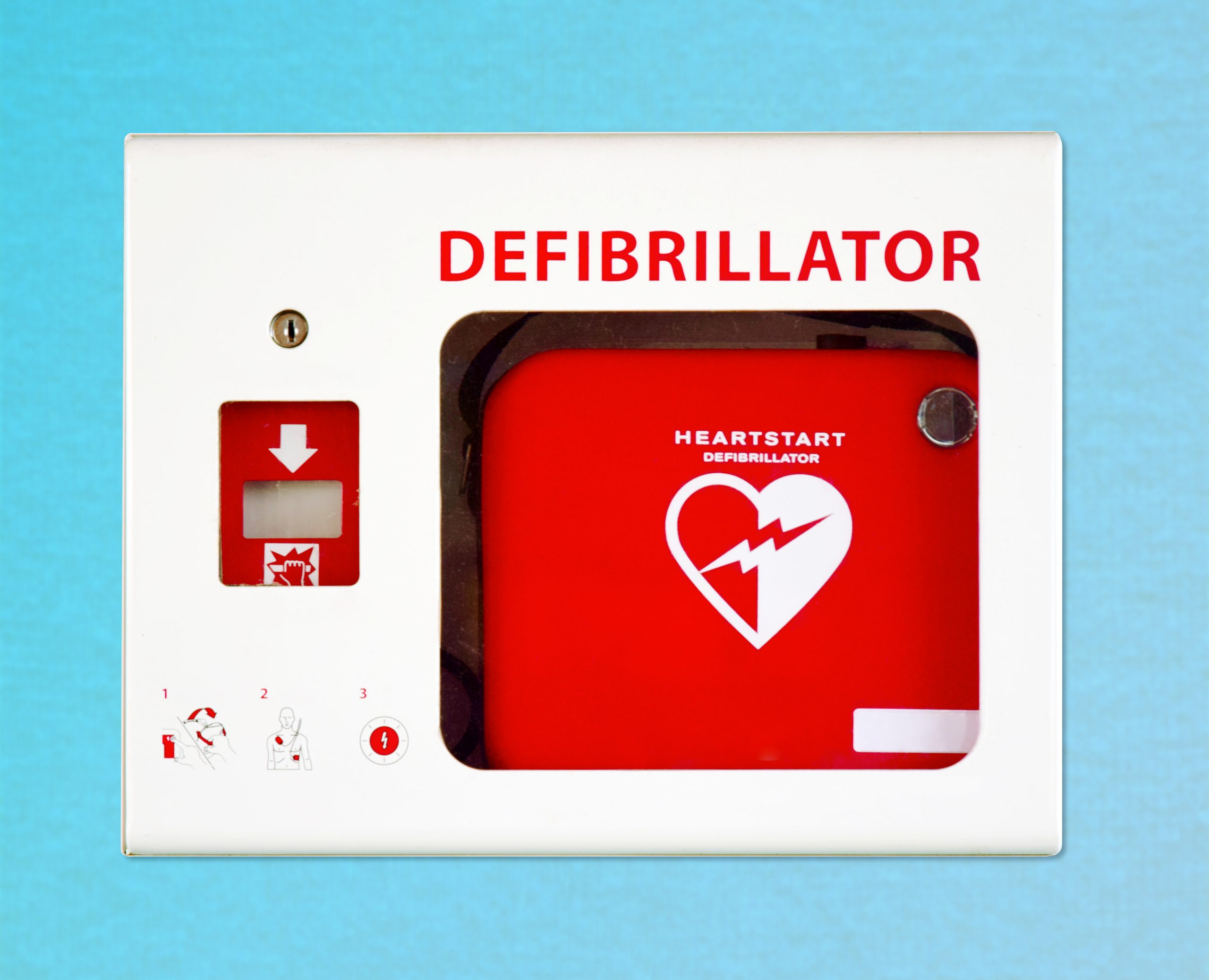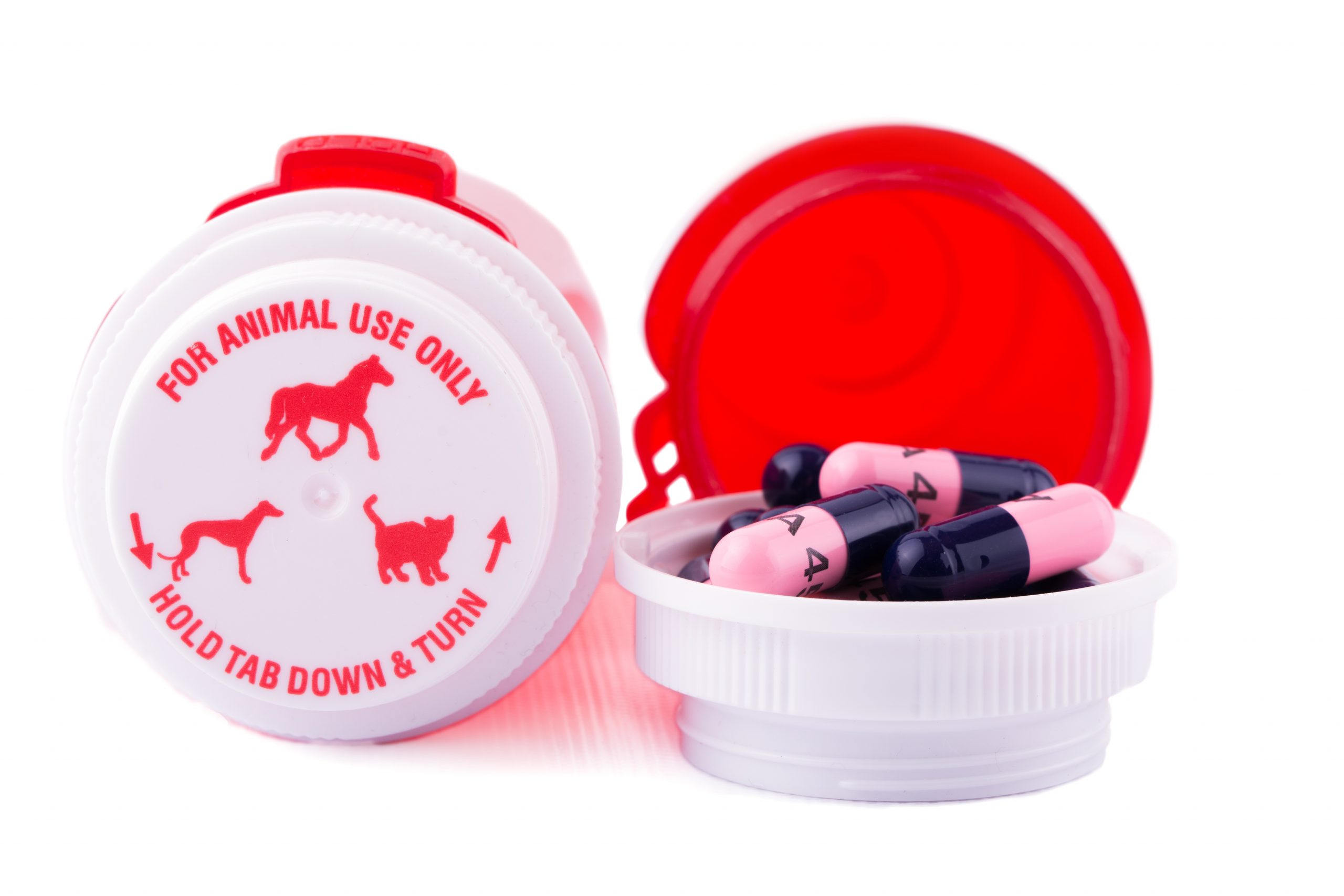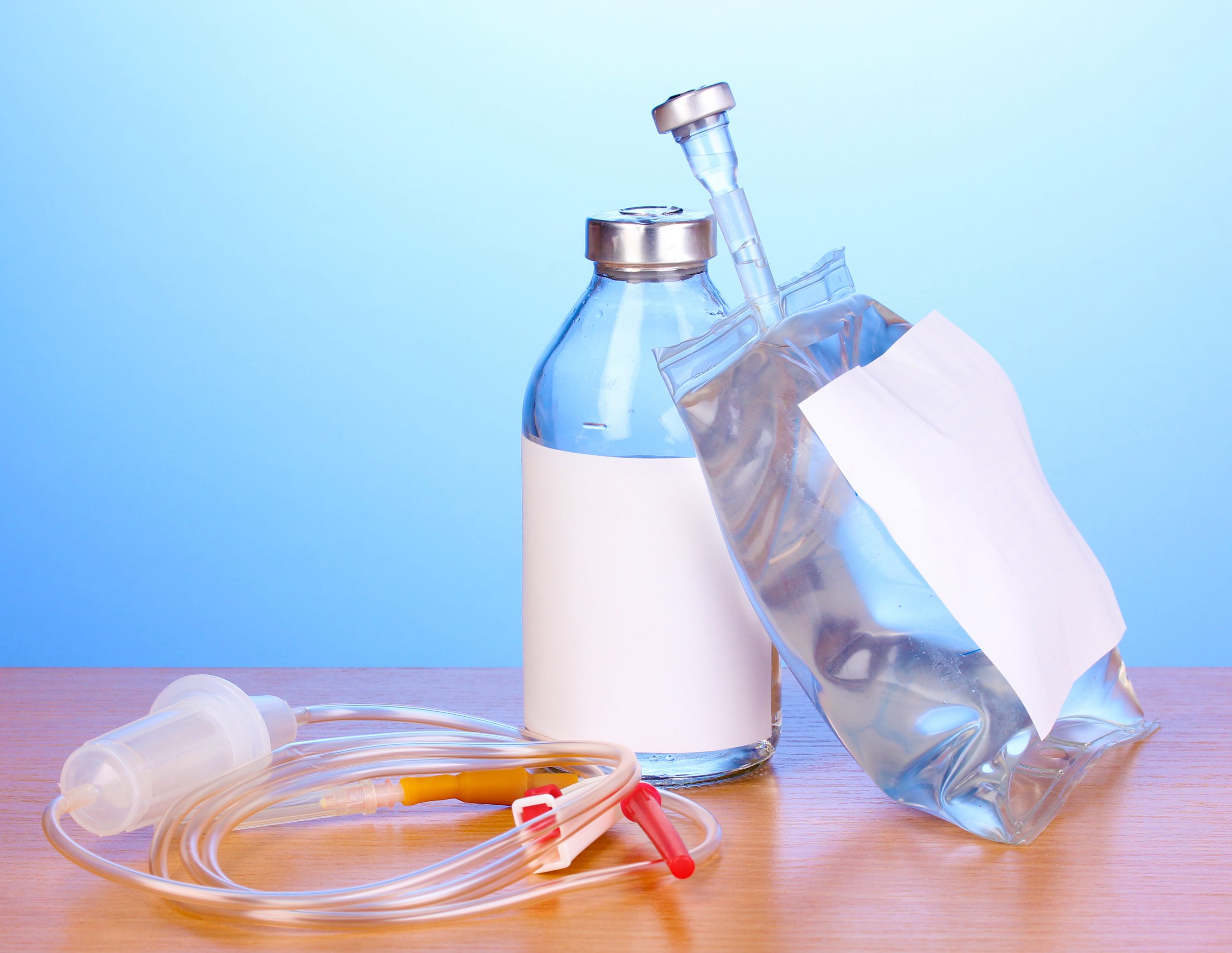Getting ready to export? Overwhelmed with advice and information on the cultural adaptation of your written content? Perhaps you have some questions already, such as how to prepare your written content for translation, or whether your user-facing content translation really needs to be adapted to your target foreign market. In this article, you will learn what user-facing content is, and how to prepare it for the markets you are planning to enter.
Culture and language are inseparable, and can make or break your international success. To thrive in your target country, you need to take cultural aspects into consideration. Your documents need to be culturally adapted to the foreign market in question, in order to convey your message effectively. Does all this sound familiar? If you are a life science business gearing up to explore new market opportunities, you are likely to have come across these clichéd phrases. But just how far are they relevant to the life science industries? And is culture really so important in user-facing content translation?
The short answer is no. Read on for a more detailed explanation.
With the plethora of information and advice available to life science businesses with export ambitions, the first steps on the ladder to success in international trade can be very daunting. From the colour palette of your product packaging to in-country regulations, there is a lot to take in. While cultural awareness should be at the very core of your new export marketing strategy, your user-facing content typically will not need to be culturally adapted.
Why? Before we delve into technicalities, let us start with the basics.
What is user-facing content?
User-facing content is a generic term that covers any document explaining the practical application of scientific and technological information. More specifically, user-facing content describes the use, functionality, or an architecture of your product, system, or service. Its main purpose is to help people understand or use what you offer. Examples of user-facing content in life science industries include Instructions for Use (IFUs), user manuals, Technical Data Sheets (TDSs), Standard Operating Procedures (SOPs), and Health and Safety manuals.
What is user-facing content translation?
User-facing content translation is a type of specialised translation that involves the translation of user-facing information. Similarly to technical writing, it requires a very high level of subject expertise, knowledge of industry-relevant terminology and any officially approved wording (for regulatory documents), and awareness of language-specific writing conventions.
User-facing content typically describes a technical concept and its practical application. For this reason, the linguists handling user-facing content translation must first understand how your product works, before they can rewrite this information in another language. It comes as no surprise that most technical translators are engineers or technicians with strong linguistic skills.
Is culture relevant to user-facing content translation?
In the context of international trade, cultural adaptation (also known as transcreation) is often mistakenly recommended for all types of written content.
However, user-facing content is very specific and should not be ‘lumped in’ with promotional material. These two types of writing have different audiences, and serve very different functions.
In simple terms, the key objective of user-facing content is to provide factual information, stripped of any emotion or cultural references. Promotional content, on the other hand, must be persuasive. Its aim is to trigger an emotive reaction, such as curiosity, trust, joy or confidence. This skilfully evoked palette of emotions ultimately must lead to increased sales of your life science product or service.
While emotions are very culture-specific, technical information typically is not.
User-facing content translation generally does not involve translating culturally marked wording, and as such it is culture-neutral. Instructions for use for your medical device are likely to look the same and contain the same technical information and imagery, whether you are planning to sell it in the Netherlands or Poland.
Does user-facing content translation need localisation?
For a technical manual for use in Poland, you will choose a Polish translation.
However, it is not so straightforward for countries where multiple languages are spoken. For example, Belgium has three official languages — French, Dutch, and German.
Similarly, a language may be spoken in more than one country. We do not need to look far to find examples of language variants. Even if you are not a qualified linguist, you will surely be able to tell technical documentation written in British English and American English apart. These language variations are most often reflected in spelling, but sometimes in grammar too. Although they do not usually affect technical terminology used in technical document translation, they need to be taken in consideration to ensure a better reading experience for your target audience.
These local market differences are accounted for in a process called language localisation. In the context of international export of life science goods and services, this term often appears alongside cultural adaptation.
Sometimes it is difficult to draw the lines between translation, localisation, and cultural adaptation. Because user-facing content generally does not include cultural references, the process of its localisation will typically involve adapting:
- • Measurement units
The metric system based on the International System of Units has been officially adopted in nearly every country in the world. However, imperial units are still used, officially or colloquially, in the UK and some other countries which were formerly part of the British Empire.
For example, 3M™ Medipore™ H Soft Cloth Surgical Tape 2864, 4 inch × 10 yard sold in the US is distributed in Poland as 3M™ Medipore™ H Włókninowy rozciągliwy przylepiec chirurgiczny, 10,1 cm × 9,1 m, 2864.

This is a complex area and it is always best practice to follow industry-specific in-country usage or regulatory requirements if applicable.
- • Time formats
Time is represented by both a 12-hour clock and a 24-hour clock. The hour and minute separator can be either a colon (:) or a dot (.). For example, 9.30pm in the UK becomes 21.30 Uhr in Germany.
- • Date formats
Day, month, and year can appear in different orders. For example, 07/08/2021 in British English becomes 08-07-2021 in American English.
- • Decimal and thousands separators
The UK and the US are two of the few places in the world that use a point to indicate the decimal place. Many other countries use a comma instead. Likewise, while the UK and the US use a comma to separate groups of thousands, some countries use a dot instead. Many other countries separate thousands groups with a non-breaking space in line with Resolution 10 of the 22nd General Conference on Weights and Measures. For example, 123 456,79 in Poland equals 123,456.79 in the UK.
- • Currency units
Monetary values need to be localised to the target market. A product that costs £222.85 in your UK catalogue will be listed for 259,00 € in its German version.
- • Contact details
Phone numbers, emails, and postal address details need to refer to your local point of contact. If you do not have a local representative, they should at least include a country-specific phone number and email address.
- • References to local conditions
Room temperature, for example, will vary across countries, and any shipping or storage recommendations for your product may need to be adjusted.
As a final note, it is worth adding that for majority of life science products, and especially those classed as medical devices, the scope and nature of localisation will be dictated by the local regulatory requirements. For writing conventions, it is always best to consult an editorial style guide for your chosen language variant.
We hope this article has helped you understand what user-facing content translation is, and how to make sure it is suitable for your new export market. Please feel free to share any questions you may have in the comment section below, and we will do our best to answer them.






